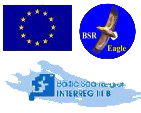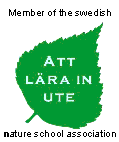|
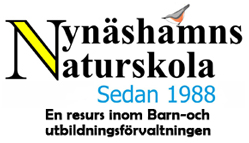
BIOLOGICAL THEMES
Technology and sustainable future 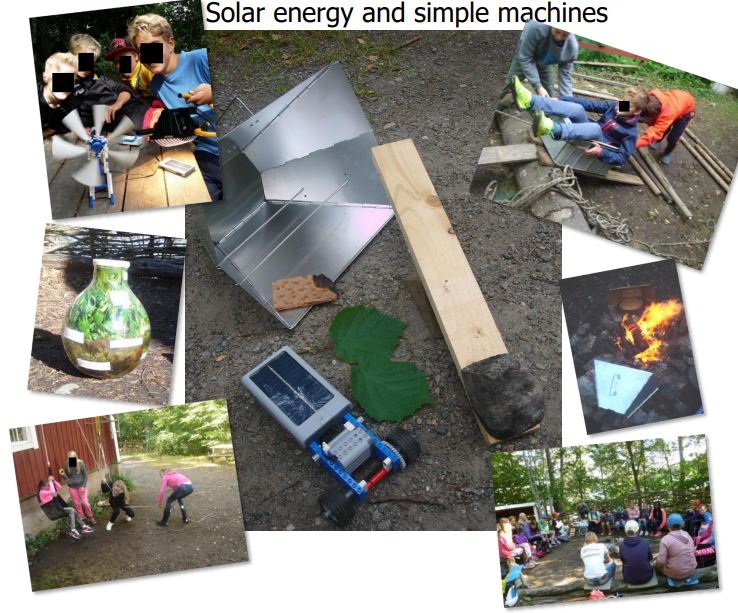
Nynäshamn Nature School was founded in 1988 and is currently receiving pupils from the grades of preschool up to year 9. The school classes have one nature school day a year – that’s when they work with research around a certain theme. By writing tutorials for the teachers who come to the Nature School with their classes, we want to facilitate their preparation and follow-up work that they do in connection to the nature school day. We hope that this tutorial will contribute to a joyful outdoor learning of natural sciences and technology for the pupils in year 6.

Mathematics cooperation and problemsolving outdoors for grade 4
The main purpose of the day is to create situations where the pupils get the opportunity to cooperate around concrete tasks outdoors within the Mathematics and Sports and Health subjects at the same time as the activities become the foundation for discussions about the common principles of the school. To do this in grade 4 is important since the pupils sometimes get new classmates at the same time as they get a new teacher.

Movement of animals 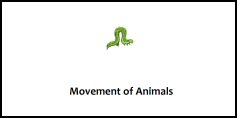
This booklet is one of the tutorials being produced within the framework of the EU-project COBWEB (the network for environmental communication around the Baltic Sea) during 2008-2011. The booklet is produced by the Natural History Museum, University of Tartu in Estonia, which is one of the seven partners that participated. Besides Estonia, also partners from Finland, Latvia and Sweden participated in this project, which is part of the Intereg IV A-programme 2007-2013. The purpose of COBWEB has been to encourage sustainable development by producing pedagogical programs for both adults and children.

Games for Nature 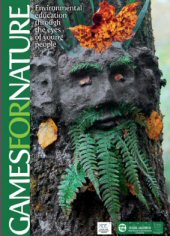
The booklet “Games for Nature. Environmental education through the eyes of young people”? is a final outcome of the Youth Exchange “Learning from each other - games from environmental education”? which took place during seven days in September 2010 in the Polish mountains. It involved 5 organizations from various European countries, all of which work in the field of youth and environmental work, especially environmental education. The youth exchange was planned for 25 participants (4 young people and one group leader from each country: Spain, Portugal, Bulgaria, Czech Republic and Poland).

The Water Theme Learning Towards Sustainable Development 
Water and its use will get a considerably more important part in the future education due to the climate issue. With this program, the Nynäshamn Nature School through the project COBWEB is aiming to give inspiration through experiences, discoveries and understanding of the water’s importance. Above all, the program emphasises a perspective of activities, resulting in an education of real practical exercises

Ecological outdoor games 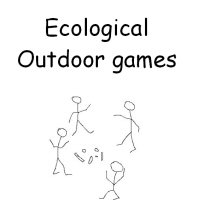
The purpose of this folder is to spread games with pedagogical focus on nature and environmental knowledge where the whole body and all the senses are used.
Why should we play outdoors?

Lifecycle of plants for grade 1 to 9
40 exercises 
With a continuing urbanisation, people’s life environment changes and causes more and more pupils having less contact with the countryside and other natural areas, which makes them losing contact with nature.
Working actively is today necessary for pupils to develop contact with the nature, and especially in urban areas. Since the sense of nature is an important aspect concerning sustainable development, it is necessary that everybody participates and takes responsibility. Striving towards sustainable development and with a desire to really do something, are the reasons for this folder being published for the teachers in Nynäshamn.
The folder layout consists of an introduction in chapter 1 containing the steering documents, central terms, the pedagogical idea and how to use the folder.

Winter ecology 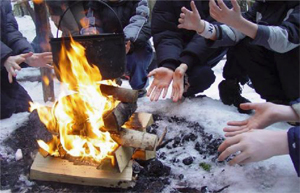
To let the pupils experience and learn about some of the difficulties plants and animals face during the winter, we have chosen coldness as the theme for this field trip and related exercises. Lack of food, light, and water are also important factors but somewhat too complicated for the audience we are targeting. The cold affects all plant and animal life, and the pupils will surely feel it after a day outside! Apart from showing the pupils the impressive ability of plants and animals of coping with winter conditions, the purpose of this theme is to leave the pupils better prepared for future outdoor activities during all seasons.

Mosses and lichens 
The aim of this chapter is to introduce the many different species of mosses and lichens, and the biological diversity of these organisms. Many people think that a moss is just a moss and a lichen is just a lichen. Without further examination and discovery of the differences between species, it is difficult to understand that in fact there are many types of mosses and lichens.

Ancient Technology 
This instructors guide aims to supplement the one-dimensional world of history books with the many dimensions of outdoor learning. Reading about, or hearing someone lecture on, how people made fire during the iron age might make for an exiting story, but this memory soon fades. A pupil who has sat on a log with flint and tinder in one hand, steel in the other, and a freshly prepared cylinder of wood chips in his or her lap; this pupil has a concrete situation to remember.

Our Senses 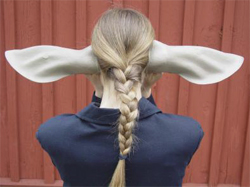
This instructor’s guide, using our senses as a common theme, presents ideas for games and exercises suitable for outdoor learning. The purpose of all these activities is to combine learning, physical activity, and spending time outdoors.

The Squirrel 
This instructor’s guide, using the squirrel as a common theme, presents ideas for games and exercises suitable for outdoor learning. The purpose of all these activities is to combine learning, physical activity, and spending time outdoors.

The Magpie 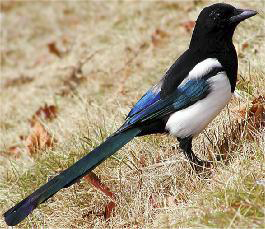
This instructor’s guide, using the magpie as a common theme, presents ideas for games and exercises suitable for outdoor learning. The purpose of all these activities is to combine learning, physical activity, and spending time outdoors.

Feeding Winter Birds 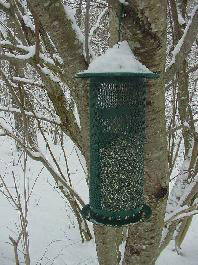
This instructor’s guide is intended to stimulate subject integration. For you as a teacher it offers the option of working with an interesting theme while simultaneously achieving several of the goals stated in the Swedish Curriculum for the Compulsory School System (Lpo-94). This means that you will be able to substitute several chapters of the ordinary course literature for practical exercises. Thus, there is no need to feel stress about finding the time to work with the theme.

Insect and spiders 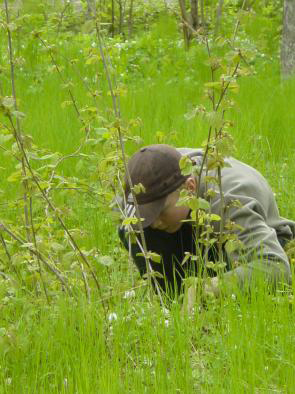
The purpose of this booklet is to demonstrate how outdoor learning can be used to teach biological diversity in an interdisciplinary way, integrating many school subjects. Moving the learning experience outdoors also increases physical activity for pupils.

Wetland grade 9 
Being one of Sweden’s largest wetlands used for wastewater treatment, the Alhagen Wetland is an excellent place to study nature and biological processes. In grade six, pupils get to review the plant and animal life of the wetland. This instructor’s guide shows how to build on this experience and expand the understanding of the wetland for grade 9 pupils. The central topic of the field study is how nitrogen is transported through air, soil and water. This is to spur to a discussion on recycling, nitrification, denitrification and bio-indicators. The field study should also contribute to reaching the goals stated in the national curriculum (Lpo 94) for biology for grade nine pupils.

Wetland grade 6 
Being one of Sweden’s largest wetlands used for wastewater treatment, the Alhagen Wetlands is an excellent place to study nature and biological processes. This instructor’s guide demonstrates how field studies at Alhagen can be used to reach the goals stated in the national curriculum (Lpo 94) for biology.



